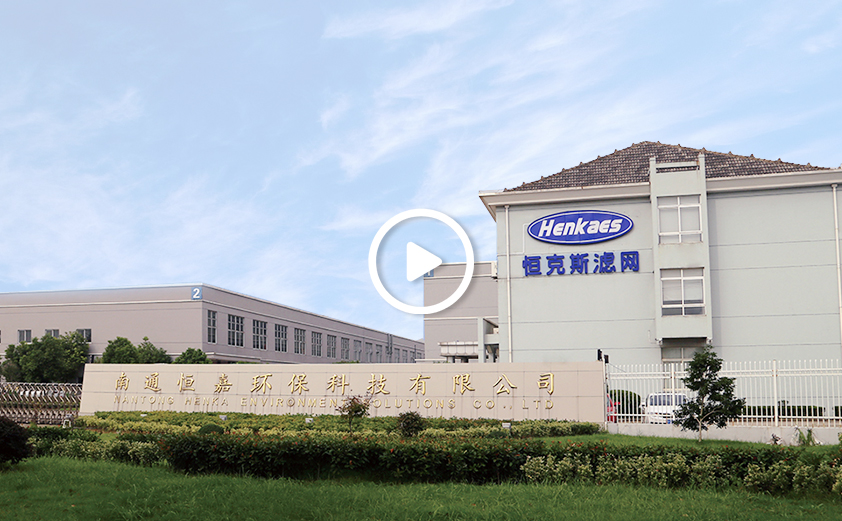How to replace a damaged fan of anIFD Air Purification Device?To replace a damaged fan in an
IFD (Intense Field Dielectric) Air Purification Device, follow these steps:
1. Disconnect Power: Always start by turning off and unplugging the air purifier to ensure safety while working on it.
2. Access the Fan: Remove any panels or covers that give access to the fan. This may require unscrewing or unclipping the housing. Be sure to follow the manufacturer's instructions or refer to the user manual.
3. Inspect the Fan: Before removing the fan, inspect it for any visible damage or debris that might be causing the issue.
4. Remove the Fan: Unscrew or unclip the fan from its mounting. This may involve removing a few screws or disconnecting it from the frame.
5. Disconnect Electrical Connections: If the fan is connected to the electrical system of the air purifier, carefully disconnect any wires or connectors. Make sure to note how the connections were made for proper reassembly.
6. Remove the Damaged Fan: Carefully pull the fan out of the device, making sure not to damage any surrounding components.
7. Prepare the New Fan: Take the new fan and ensure it is the correct replacement for your specific IFD air purifier model.
8. Install the New Fan: Position the new fan in place and secure it with the screws or clips that were removed earlier. Make sure it is properly aligned and seated.
9. Reconnect Electrical Connections: If necessary, reconnect the fan to the electrical system, ensuring that all connections are secure and in the same position as they were with the old fan.
10. Reassemble the Device: Replace any panels or covers that were removed to access the fan. Make sure everything is securely fastened.
11. Test the Fan: Before fully enclosing the device, manually spin the fan to ensure it rotates freely without obstruction. Then, plug the device back in and turn it on to test the fan's operation.
12. Clean the Device: After replacing the fan, it's a good idea to clean the device, especially if debris was found around the old fan.
13. Dispose of the Old Fan: Properly dispose of the old fan according to your local waste disposal regulations.
What are the consequences of direct sunlight on theIFD Air Purification Device?Direct sunlight on an
IFD (Intense Field Dielectric) Air Purification Device can have several consequences, which may affect its performance and longevity. Here are some potential issues:
1. Overheating: Prolonged exposure to direct sunlight can cause the device to overheat, which may lead to reduced efficiency and potential damage to internal components.
2. Accelerated Aging: The UV rays in sunlight can accelerate the aging process of materials, including the IFD plates and other components, potentially reducing their effectiveness and lifespan.
3. Degradation of Plastic Components: The heat and UV radiation can cause plastic parts, such as the casing or housing, to become brittle, discolor, or warp over time.
4. Malfunction of Electronic Components: High temperatures can cause electronic components, like sensors and control boards, to malfunction or fail prematurely.
5. Reduced Filter Life: If the device has replaceable filters, exposure to heat and sunlight can cause the filters to degrade more quickly, requiring more frequent replacement.
6. Distortion of Sensor Readings: Direct sunlight can interfere with the readings of air quality sensors, leading to inaccurate or unreliable information about the air being purified.
7. Potential Fire Hazard: In extreme cases, overheating due to direct sunlight can pose a fire risk, especially if the device is made of flammable materials or if there are nearby combustible materials.
8. Aesthetic Damage: The exterior of the device may fade or change color due to prolonged sun exposure, which can affect its appearance.
9. Reduced Efficiency: The device's overall performance may be compromised if it is not operating within the recommended temperature range.

 English
English русский
русский Español
Español 简体中文
简体中文


























